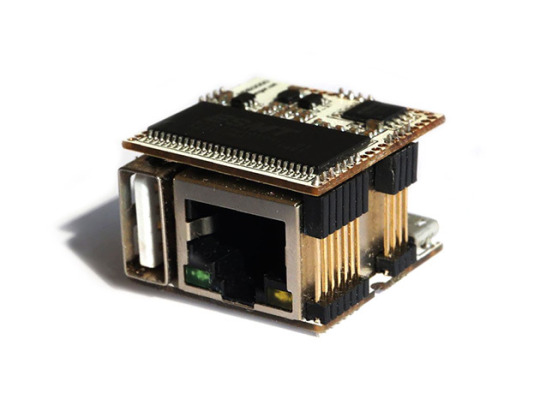Link
10 notes
·
View notes
Video
youtube
Poor mechanical calculator tries to divide by zero.
8 notes
·
View notes
Photo

Gravity around the Solar System. The new student’s reference work for teachers, students and families. Vol. I. 1909.
1K notes
·
View notes
Photo

Turning bombs into spoons – relics of the secret US war in Laos
For nine years during the 1960s and 1970s, the United States unleashed millions of bombs on Laos, making it the most bombed nation on earth.
Ban Napia, in Xiang Khouang province in the northeast, is known as the war spoon village.
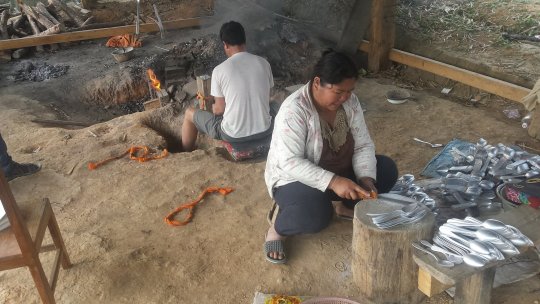
The spoon makers of Ban Napia epitomize a can-do-make-do spirit that is fashioning a way forward for this nation of seven million people, where there have been more than 20,000 deaths and injuries because of unexploded bombs (known as UXOs) since the war ended.
UXOs are everywhere, and while they are still killing people, they have also been woven into the fabric of everyday life. The photo above documents how Xieng Pheang, and his wife Toiy Pheang, make utensils at their home in Ban Napia.

La lok Phengparkdee (pictured above, left) has been turning bombs into spoons since he was eight, a craft he learned from his father, who began working with UXOs in 1978.
“There were bombs everywhere then,” La lok says. “The UXOs were just another resource. They were everywhere, so we decided to make the most of what we have.”

Son Mia Seeonchan disarms UXOs, melts them in a homemade kiln and then recasts the metal as spoons and other household items for sale.
Seeonchan learned the craft from his parents and is now teaching his children. “It was very difficult after the war and we had to use any resources we could, even bombs,” he says, “but maybe that’s starting to change. Maybe my children will be the last generation that have to work with the bombs.”
Photographs: John Dennehy
284 notes
·
View notes
Photo

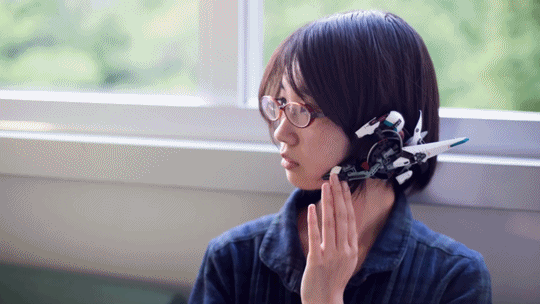
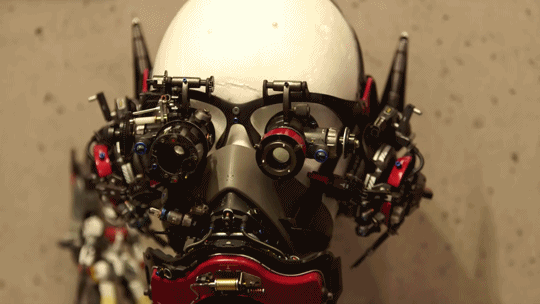
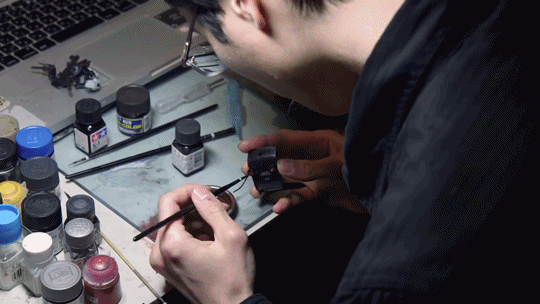
Hiroto Ikeuchi
Web channel Toco Toco TV profiles Japanese artist who creates both dioramas on computer workstations as well as elaborate wearable tech:
youtube
Hiroto Ikeuchi is a Tokyo-based artist, specialized in the creation of dioramas using parts from plastic models. Recently, he also started to create accessories such as earphones or headphones using the same concept.
During this episode, Ikeuchi will take us to Tama Art University, one of Japan’s most prestigious art universities and his alma mater. We followed him to the university’s most recent faculty, the Art Science department, introduced by one of his former professors.
In the second part of the episode, we will head towards Asagaya to visit Ikeuchi’s atelier, which he also uses to showcase his creations. Ikeuchi will explain his work and most recent collaborations to lay more light on his universe, constantly expanding one diorama at a time.
Toco Toco TV explores profiles various Japanese creatives from different fields, airing two episodes a month. You can find out more about the show here
Hiroto also has a Tumblr blog [@ikeuchi-products] detailing all his creations which you can find here
514 notes
·
View notes
Link
2 notes
·
View notes
Photo
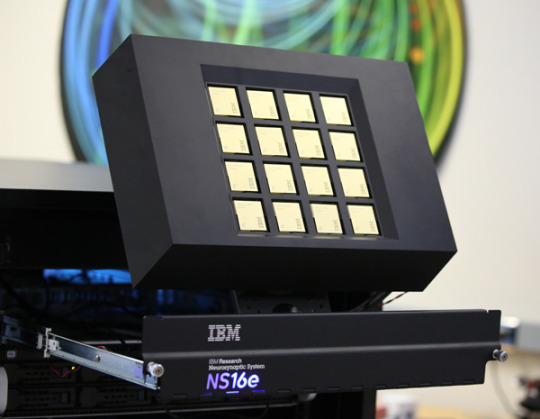

IBM’s brain-inspired chip finds a home at Livermore National Lab | Ars Technica
A lot of the science we cover at Ars focuses on technology development, where the risks involved mean that the early success represented by a publication doesn’t typically lead to an actual product. So it’s nice to be able to report on an exception to this rule. IBM’s experimental neural processor, True North, has found a home at Lawrence Livermore National Lab.
True North is a radically energy-efficient design with a circuitry designed to mimic the structure of the neural connections within an animal’s brain. Each chip is a big cluster of small cores that can potentially communicate with any other core on the chip. Each of these cores has its own memory and communication hardware; the memory holds information on the other cores it communicates with and how strong those connections are. The communications then take the form of a series of “spikes,” bursts of activity that carry information based on their frequency and strength.
The radically different design allows the chip to get work done despite a ludicrously low clock rate: just one kiloHertz. The trade-off is that it can only host neural network software—it was designed to be compatible with any networks developed for the popular Compass neural network software package. And compared to running Compass on a traditional processor, True North used 176,000-fold less energy.
ADVERTISING
IBM also designed it to scale, as each “neuron” on the chip had the capacity to communicate with a neuron on an entirely separate chip. “We have begun building neurosynaptic super-computers,” its developers wrote at the time, “by tiling multiple TrueNorth chips, creating systems with hundreds of thousands of cores, hundreds of millions of neurons, and hundreds of billion of synapses.”
95 notes
·
View notes
Photo
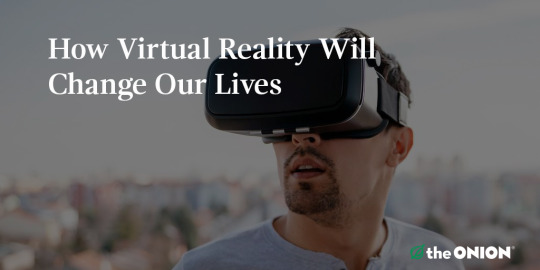
Here are some potential ways that Oculus Rift and other virtual reality technologies will affect our lives.
Pornography: New 360-degree pornographic films will allow viewers to pan all around the bed and across the room to where cameramen and boom mic operators are standing
Education: Students will have access to wealth of new interactive visual aids that won’t be updated for the next 50 years
Business: Provides another medium that CEO won’t understand but will demand be wedged into the new marketing campaign by June
VR Industry: Potential to see moderate growth in this sector
More.
919 notes
·
View notes
Photo

The biggest demographics of the offline population include Americans ages 65 and older, those with less than high school degrees and rural adults.
15% of Americans don’t use the internet. Who are they?
132 notes
·
View notes
Video
youtube
The Element Thorium Explained and How It Could Make Nuclear Power Safer
42 notes
·
View notes
Link
I (obviously) think Linux is great, but one of the specifically amazing things is that it allows you to extend the life of hardware. It’s sustainable which is important for lots of reasons.
37 notes
·
View notes
Photo



Earth is about to pass through the tail of Halley’s Comet,
This will start around April 20th and will continue right up until May 21st. The best time to view them will be in the small hours between May 5 and 7, when the sky will be the darkest during the new Moon.
The specks and flecks you’ll be seeing are tiny pieces of debris from Halley’s Comet hitting Earth’s atmosphere and burning up. They’re called the Eta Aquarids as they appear to emerge from the constellation of Aquarius.
The shower will be more visible in the southern hemisphere. However, those in the northern hemisphere should be able to catch the odd one, especially if you’re near the equator. At their peak time, those in the southern hemisphere can expect to see up to 30 meteors every hour. If weather conditions are favorable, even those north of the equator can still see up to 10 every hour.
The Eta Aquarids happens every year thanks to Halley’s comet. It takes the comet about 75 years to travel around the sun, but Earth passes through the tail of the comet around April/ May every year.
Halley’s comet is projected to directly pass by the Earth again in 2061.
35K notes
·
View notes
Photo

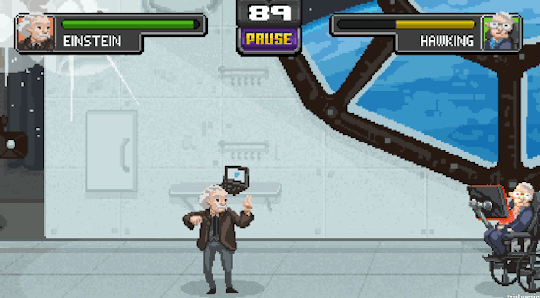

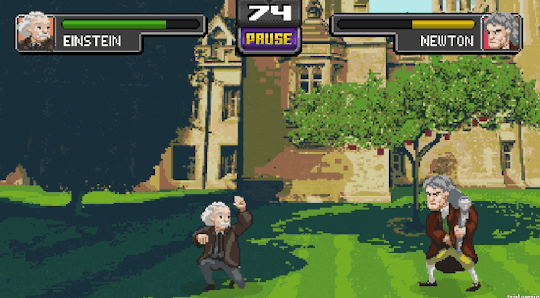
Ever wanted to jumpkick Isaac Newton as Albert Einstein?
Science Kombat lets you do just that.
4K notes
·
View notes
Photo
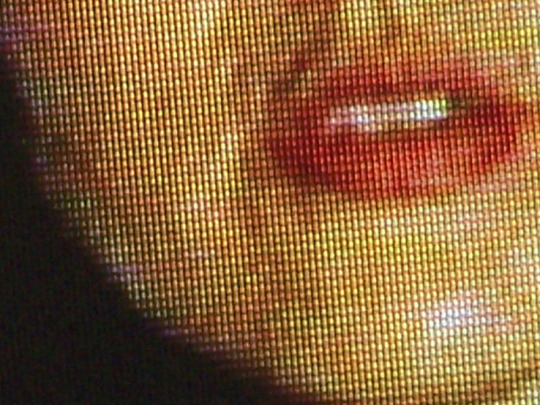
Machine learning technique boosts lip-reading accuracy
For human lip readers, context is key in deciphering words stripped of the full nuance of their audio cues. But a technology model for lip-reading developed at the University of East Anglia in the UK has been shown to be able to interpret mouthed words with a greater degree of accuracy than human lip readers, thanks to the application of machine learning tech to classify the visual aspect of sounds. And the kicker is the algorithm doesn’t need to know the context of what you’re discussing to be able to identify the words you’re using.
Full Story: TechCrunch
27 notes
·
View notes
Video
youtube
Black Hole Series - Part 1: What are they?
4 notes
·
View notes

